Data and strategies on emergency calls & public warning during COVID-19 outbreak
— This information was presented and discussed on a webinar on 27 March at 15h CET — Important disclaimer: This information was collected from news and media sources and online advice from governmental services between 19 March-24 March. It has not been validated by the emergency services in each country. The situation and strategies in […]
Defibrillators: European disparity & lifesaving equipment
There is no denying the importance of Automated External Defibrillators (AEDs). Survival rates rise dramatically when people begin CPR with early defibrillation by an AED. That’s why it’s so important for people to know how and when to use defibrillators. Surprisingly, there is disparity in Europe with regards to who can use AEDs and […]
Artificial Intelligence & Emergency services: saving lives on the phone
Detecting out-of-hospital cardiac arrest using artificial intelligence: Report on results of EENA/Corti project now available. Out-of-hospital cardiac arrest is one of the leading causes of death both in Europe and worldwide. When suffering a cardiac arrest, chances of survival decrease up to 10% per minute. The work of emergency call-takers and emergency respondents is thus […]
President Macron: “113 is the best new fourteenth emergency number”
Cet article est disponible en français ici. 19 December 2019 – by Jean Quatorzemer, correspondent of L’Aberration in Brussels This morning, we welcomed President Emmanuel Macron from France. He shared with us his vision of administrative simplification, public safety and Europe. Mr. President, this morning the creation of a fourteenth emergency number was proposed – […]
Président Macron : « Le 113 est le meilleur nouveau 14e numéro d’urgence »
This article is available in English here. 19 décembre 2019 – par Jean Quatorzemer, correspondant de L’Aberration à Bruxelles Ce matin, nous avons accueilli le Président français, monsieur Emmanuel Macron. Il a partagé avec nous sa vision de la simplification administrative, de la réforme des services de secours et de l’Europe. M. le Président, ce […]
Artificial Intelligence & Machine Learning in Public Safety
Artificial Intelligence (AI) and Machine Learning (ML) are not only evolving very fast, but they are here to stay – how can Public Safety and Security organisations make the most of them? As other advances such as connected objects (Internet of Things) make more and more data available for emergency responders, AI and ML have […]
“Public Safety Answering Points (PSAPs) – Global edition 2019” is out!
Emergency services operate very differently across continents. Even within the same country, there can be differences in the structure, technologies and procedures of each organisation. As a result, understanding and comparing systems is a big challenge for emergency professionals. That’s why EENA prepares every year its reference guide to understanding PSAP operations and emergency response […]
#EENA2020 Conference & Exhibition programme now available!
The moment has come and you can now find our programme online and register for the next EENA Conference & Exhibition (1-3 April 2020, Riga) – are you ready for it? Discover our programme The Conference programme is here! This year we bring you: A panel discussion on Tech Against Terrorism, with representatives from […]
Who is Who in the Public Safety Industry
Do you want to get a clear overview of public safety solutions available on the market? Looking for partners in the emergency services industry?
Discover the key players in public safety in our latest directory!
Emergency services call for stronger cooperation with tech companies
As tech companies are introducing safety features in their products, these well-intended advances are often developed without fully grasping the reality of emergency services. Many wearables, connected devices and more, now count with special built-in features that can detect emergencies and also communicate with emergency services. But these same emergency services are often not involved […]
